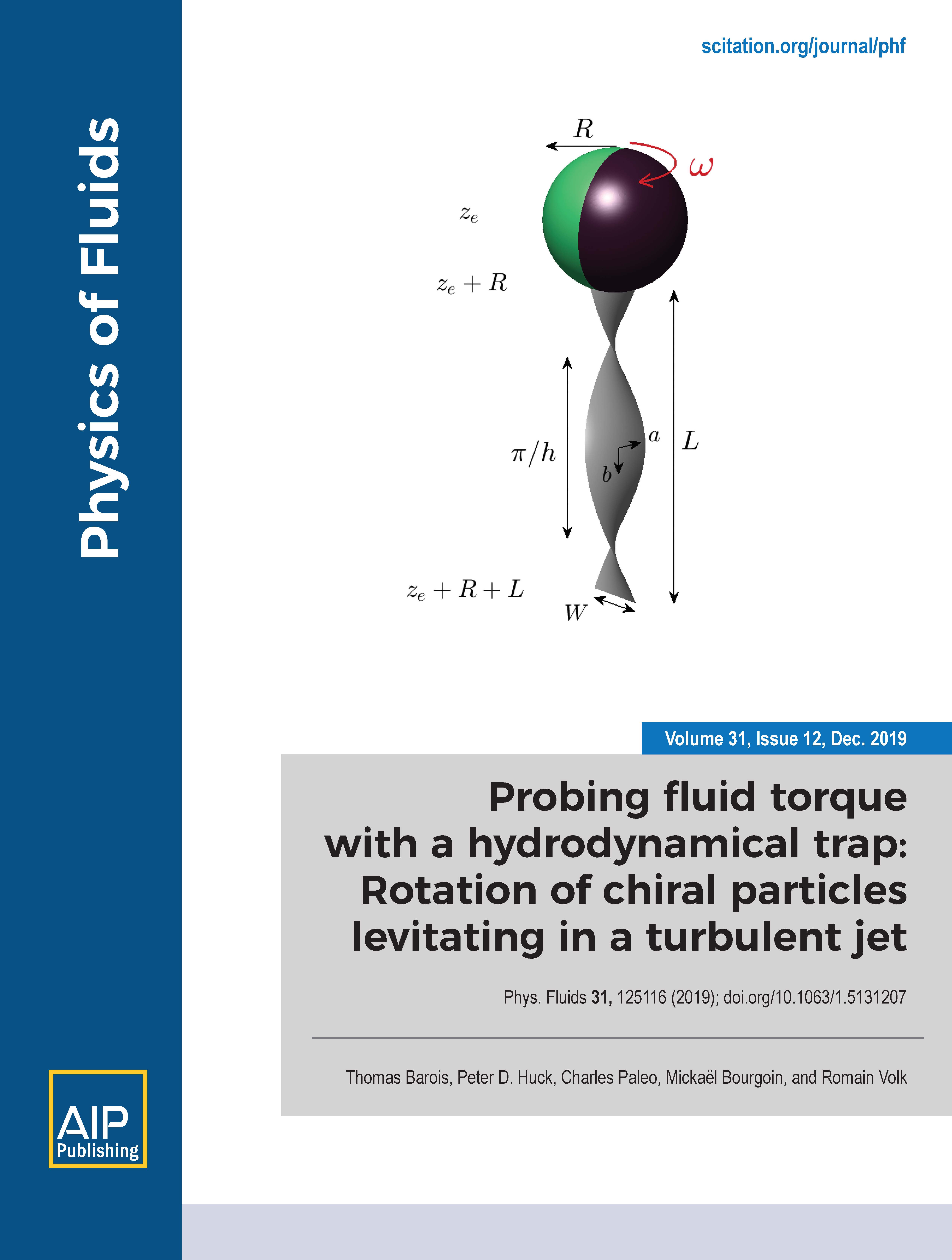Phys. Rev. X 10, 021065 – arXiv link here
Active matter, composed of self-propelled entities, forms a wide class of out-of-equilibrium systems that display striking collective behaviors among which the so-called active turbulence where spatially and time disordered flow patterns spontaneously arise in a variety of active systems. De facto, the active turbulence nam- ing suggests a connection with a second seminal class of out-of-equilibrium systems, inertial turbulence, even though the latter is of very different nature with energy injected at global system scale rather than at the ele- mentary scale of single constituents. Indeed the existence of a possible strong-tie between active and canonical turbulence remains an open question and a field of profuse research. Using an assembly of self-propelled interfa- cial particles, we show experimentally that the statistical properties of particles velocities display a turbulent-like behavior, as described by the celebrated 1941 phenomenology of Kolmogorov. Moreover, the analogy between the dynamics of the self propelled particles and inertial turbulence is observed to hold consistently both in the Eulerian and Lagrangian frameworks. Unlike the swimmers velocities distribution, the subsurface fluid flow is found not turbulent, thus making Marangoni surfers assemblies different from other active systems generating turbulence, such as living matter. Identifying an active system in the universality class of inertial turbulence not only benefits its future development but may also provide new insights for the longstanding description of turbulent flows, arguably one of the biggest remaining mysteries in classical physics.

